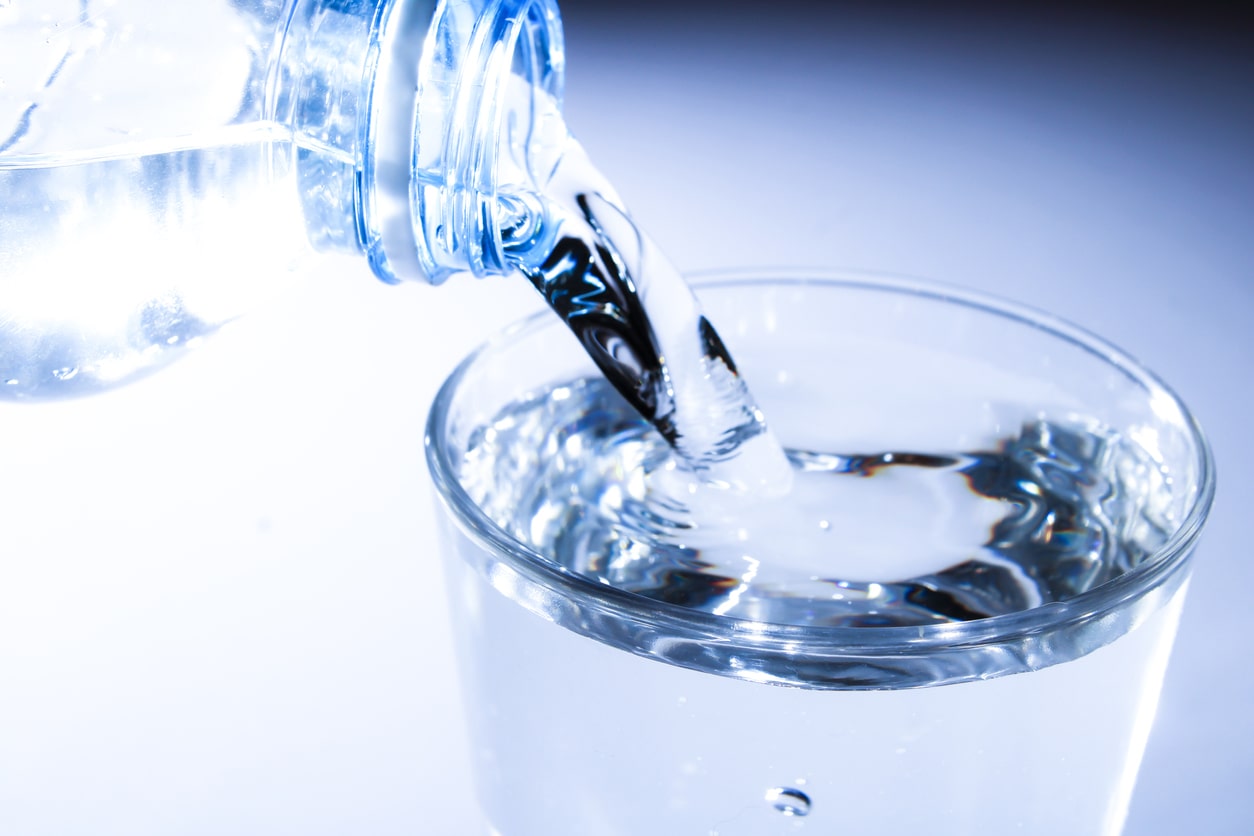 Companies such as DuPont and 3M who used or manufactured perfluoroalkyl and polyfluoroalkyl substances (PFAS), which are often referred to as “forever chemicals,” may face increased pressure due to new federal standards regarding drinking water.
Companies such as DuPont and 3M who used or manufactured perfluoroalkyl and polyfluoroalkyl substances (PFAS), which are often referred to as “forever chemicals,” may face increased pressure due to new federal standards regarding drinking water.
Increased attention has been given to PFAS by the Environmental Protection Agency (EPA). The EPA said it has plans to propose federal limits on PFAS in drinking water for the first time in a matter of months. Legal experts have said this move may lead to lawsuits against manufacturers of PFAS.
The EPA says that PFAS have been linked with testicular and kidney cancer, high cholesterol and thyroid disease. According to the EPA, one method of PFAS exposure is drinking water containing the chemicals.
Regulations regarding PFAS have been tightened in recent years by the federal government. DuPont, 3M and other PFAS manufacturers have had thousands of lawsuits filed against them. The lawsuits allege illnesses and PFAS contamination.
3M recently announced that it would no longer manufacture PFAS, and would work towards discontinuing the use of PFAS in their products by 2025’s end. Influencing this decision was a growing market for PFAS alternatives, as well as increasing regulation, according to 3M’s Chief Executive, Mike Roman.
Most litigation regarding PFAS has concentrated on two chemicals, PFOS and PFOA, which were used in a wide variety of products for decades, such as firefighting foam, waterproof clothing and nonstick cookware. These two chemicals were no longer manufactured by 3M by the early 2000’s. Other companies, such as DuPont, voluntarily stopped manufacturing them by 2015 as part of an EPA program.
A large chunk of the legal liability that DuPont, 3M and other companies face regarding PFAS comes from lawsuits which involve AFFF firefighting foam. Supplies of drinking water near training facilities, airports and military sites were contaminated by the PFAS in firefighting foam, according to lawsuits.
According to 3M, civilian and military lives were saved by the foam, and the foam was produced according to military specifications. 3M claims this makes them a government contractor, giving them protection from legal liability.
DuPont said it believes that firefighting foam lawsuits are “without merit.”
While there were about 75 firefighting foam lawsuits in 2018, that number has now grown to over 3,000. PFAS manufacturers have been sued by over 200 public water systems, cities such as San Diego, Baltimore and Philadelphia, and 14 states.
The lawsuits have been consolidated in South Carolina federal district court. The lawsuits include claims that firefighters who were repeatedly exposed to PFAS developed illnesses such as cancer.
If the EPA completes the drinking water standards it has planned, the standards could require that thousands of water systems supplying water to the public which have been found to contain PFAS will need to install filtration systems in order to comply with PFAS limits, according to the American Water Works Association. Legal experts said this would likely lead to additional lawsuits against manufacturers of PFAS.
3M claims that low PFAS limits in drinking water would burden companies and communities.
The first firefighting foam litigation bellwether trial is scheduled for June. That trial will be regarding a lawsuit filed by the city of Stuart, Florida against DuPont, 3M and other firefighting foam manufacturers. The city claims that fire-training exercises over the years ended up contaminating its wells with PFAS.
Lawsuits allege that PFAS manufacturers knew that the chemicals were harmful, and knew that they would accumulate in the environment as well as in people, but didn’t tell the EPA for many years. The chemicals can persist in the environment for a very long time because they are primarily composed of carbon atoms bonded to flourine atoms. Lawsuits refer to the flourine-carbon bond as “one of the strongest chemical bonds that occur in nature.”
It is alleged by lawsuits that 3M has been aware since the 1950’s that PFAS are toxic and can accumulate in blood and bind to blood proteins in humans. A 3M technical manual from 1963 referred to PFAS as toxic, and a 1983 study linked testicular cancer in rats with PFOA. 3M, in 1989, discovered that workers exposed to PFOS saw elevated cancer rates.
Individuals suing PFAS manufacturers are seeking financial compensation for damages such as medical bills, lost wages, lost earning capacity, pain and suffering and wrongful death.
PFAS manufacturers are contesting the lawsuits against them. 3M said it will remediate PFOS and PFOA at some locations where they were disposed of or manufactured by the company.
Capstone said that 3M may face almost $30 billion in PFAS liability by 2030.
There is an agreement in place wherein DuPont shares PFAS liability with Corteva Inc. and Chemours Co., two companies which were spun off of DuPont predecessor businesses in recent years. This agreement will last for up to $4 billion, or until 2040.
Capstone said that DuPont, Corteva and Chemours face a combined liability of $14 billion.

